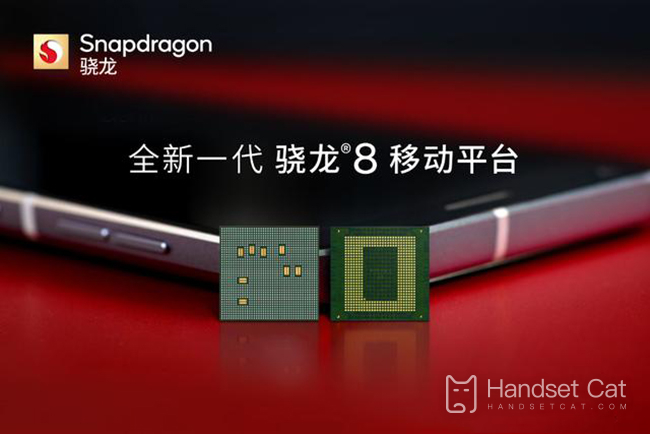Get rid of the "fire dragon"? Qualcomm Snapdragon 8Gen2 or TSMC 4nm process
Recently, Qualcomm announced that its latest processor, Qualcomm Snapdragon 8gen2, will be released soon. I believe that many partners who have followed this news are very excited about this processor! How many nanometers of technology is used in this processor? Now let's give you a detailed introduction, hoping to help you better understand this processor!

How many nano processes are Qualcomm Snapdragon 8Gen2?
Qualcomm Snapdragon 8Gen2 uses theTSMC 4nm process, eight core CPUs, including one X3 core, two A720 cores, two A710 cores, and three A510 cores. The specification of the GPU is Adreno740.
Qualcomm Snapdragon 8Gen2 was released at the end of 2022 and is expected to be released in December. Smartphones equipped with this processor will be released at the end of 2022 or early 2023. Android flagship devices such as Xiaomi 13 series will be the first to use this processor.
Qualcomm Snapdragon 8Gen2 has built-in Snapdragon X70 baseband, which provides extensive coverage of commercial frequency bands from 600MHz to 41GHz. Snapdragon X70 introduces 5G AI processors in modem and RF systems, and uses AI capabilities to achieve breakthrough 5G performance. It can provide 10Gbps 5G download speed, downlink four carrier aggregation, and 3.5Gbps peak upload speed.
Snapdragon X70 baseband also has flexible advantages such as millimeter wave independent networking support, global multi SIM cards, spectrum aggregation, global 5G millimeter wave and Sub-6GHz frequency bands, and scalable architecture.
The above is the introduction of Qualcomm Snapdragon 8Gen2 to several nanometer processes. Although there is no technological breakthrough to adopt the three nanometer process, we have changed from Samsung to TSMC's four nanometer process. We don't know whether we can solve the problem of heat dissipation this time. Let's look forward to it!












